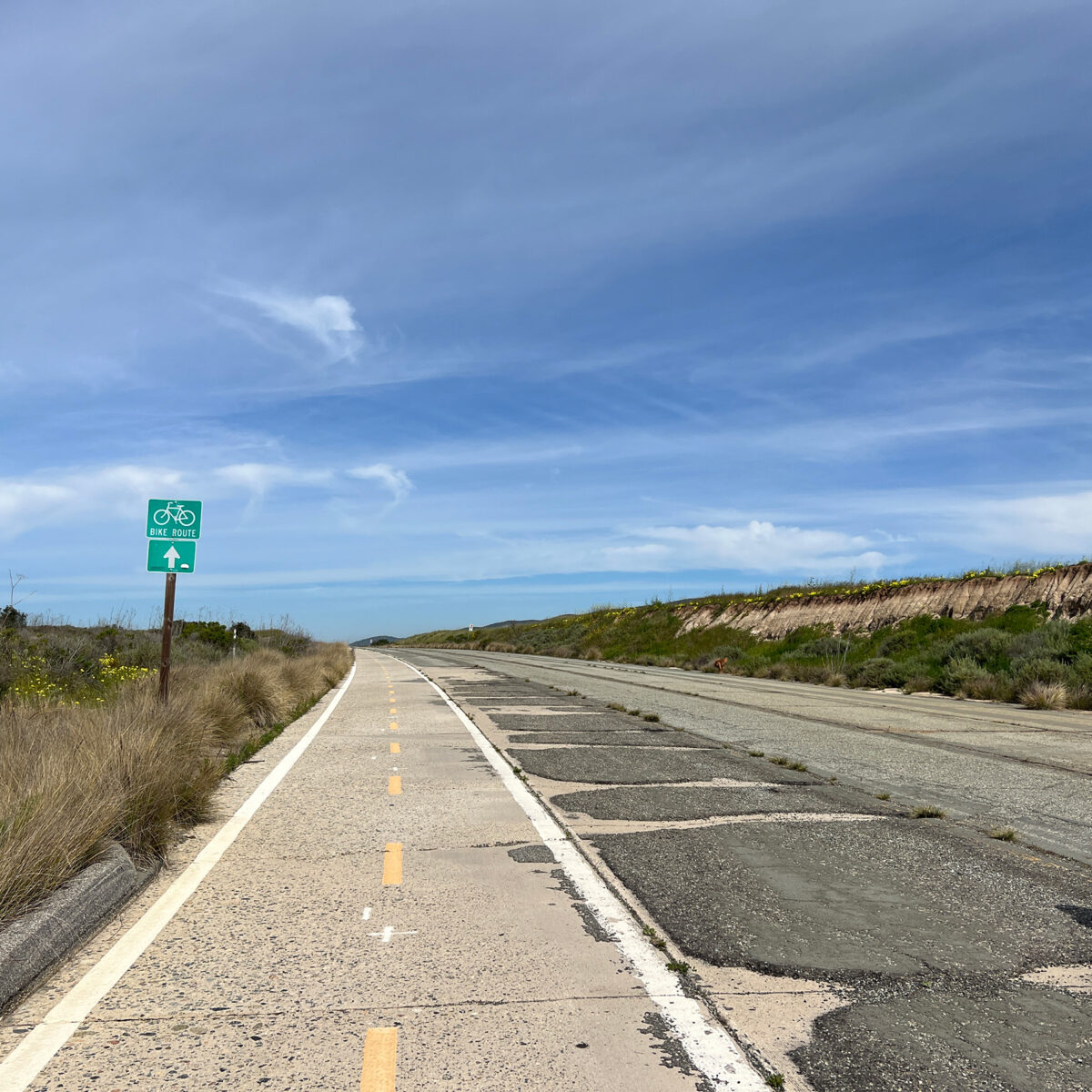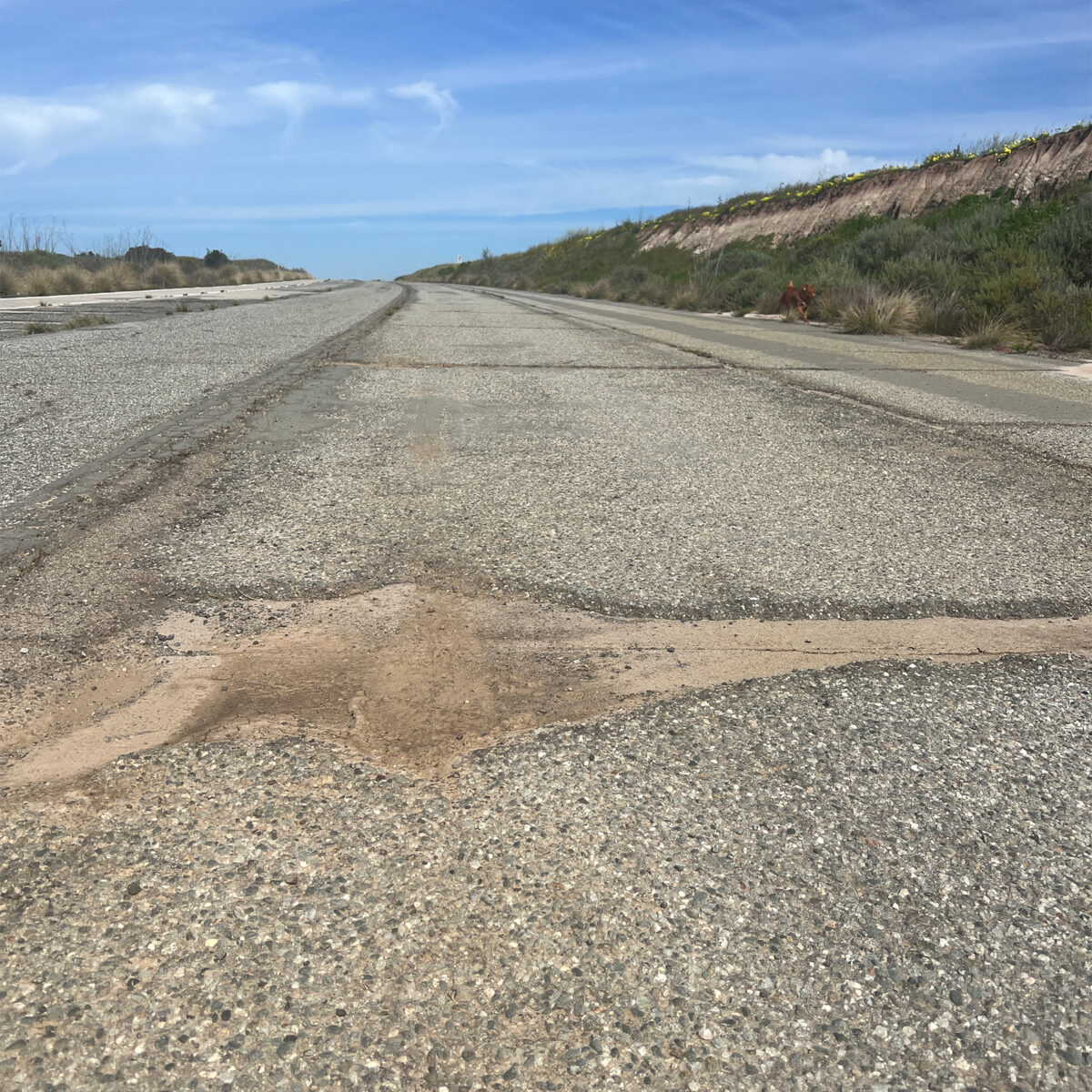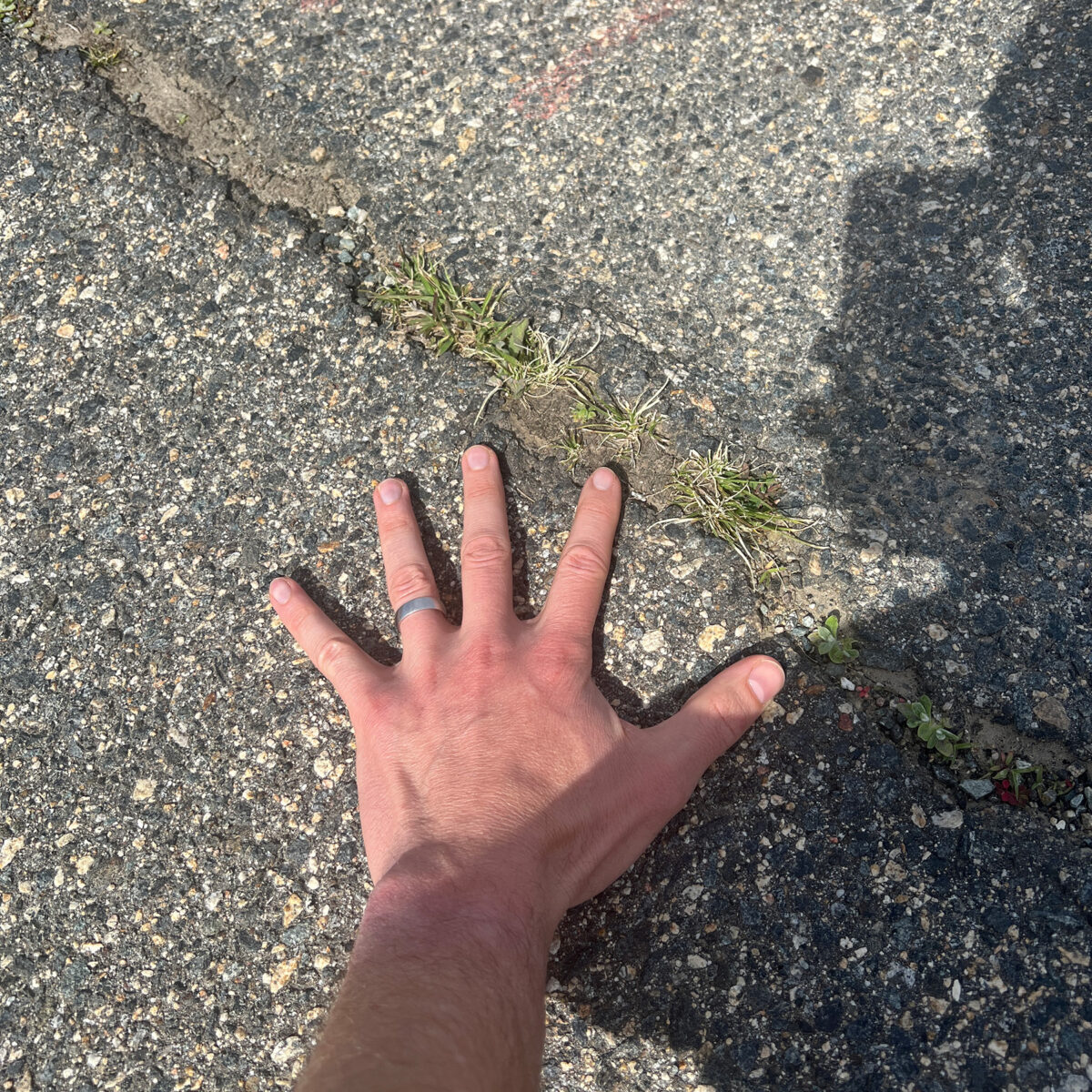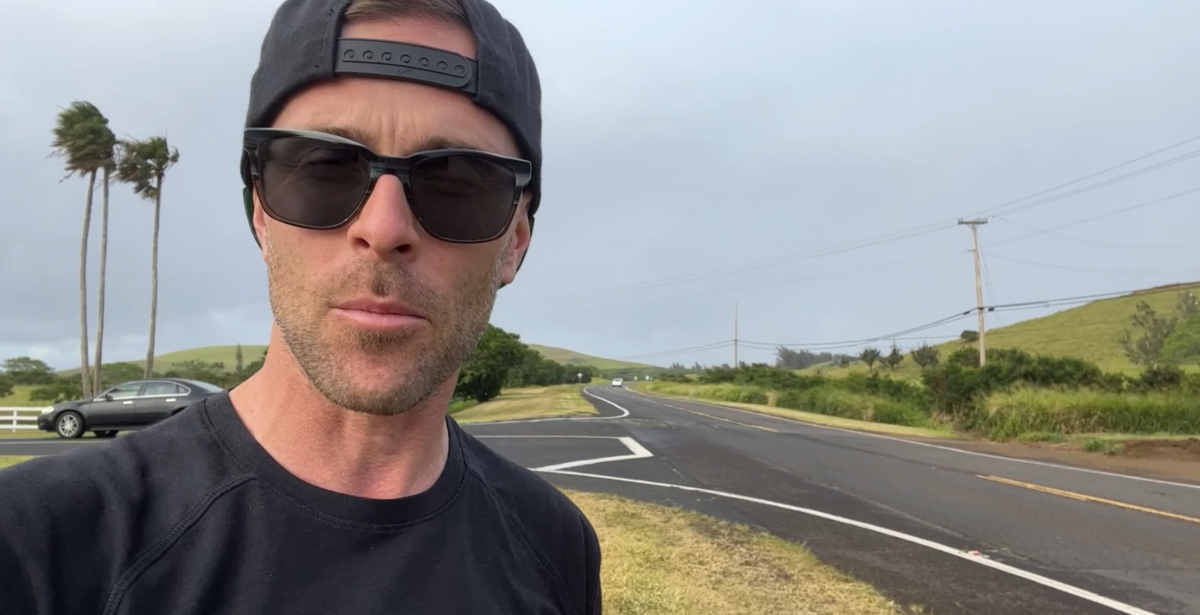On April 1, 2023, Ironman Oceanside kicks off. For many, this represents the start of a new triathlon season after a long winter. If you are participating in Ironman Oceanside you’re likely making your final preparations for the big day. This post is to help you prepare your ideal wheels, tires, and tire pressure to help you maximize your speed.
Riding Along the Coast
I have a lot of experience with the Oceanside course. In 2015 I ran a test that collected 10s of thousands of relative velocity and yaw angle measurements covering the course’s 56 miles. The data was part of our on-road aero study that developed algorithms we use when designing wheels.
If you’ve ever heard about riding along the coast you may have heard that it’s difficult with the wind blowing off the water because a coastal breeze is strong. However, this is a myth. When studying the data I learned the following. The yaw angle average on the Oceanside course was the same as courses not along the coast but the wind came from the water side only. On most courses, you get airflow on both sides of the athlete but on the coast, it does not cross the rider in the same way. Ultimately, this does not matter from an aerodynamic perspective, it’s simply interesting. The other important thing to note is that the wind speed did not vary from other courses so the idea of a strong breeze causing handling issues at this course is not true.
Wheel Selection for Ironman Oceanside
Since we know that the yaw angles are like other courses and the predicted wind for 04/01/2023 is roughly 10 mph we recommend you ride the deepest wheels you are comfortable with. That means we would not have you size down for this race. If you are comfortable with a front wheel like a FLO 64 AS and a FLO DISC then riding it here is suggested.
If you have two front wheels, sizing down for this race would not give you any advantage. The ideal wheelset for most triathletes would be a front FLO 64 AS and a rear FLO 77 AS. If you have the budget for a disc, the FLO DISC is a perfect pair for the front FLO 64 AS.
If you are a small rider (sub 115 lbs) or just hate crosswinds, then the front FLO 49 AS is a perfect choice.
Tire Selection
The best tires for racing we’ve ever found are the Continental GP 5000s. Our FLO All Sport line was designed around a 28mm size and is a perfect choice for Ironman Oceanside. If your frame will not accept a tire this large then the largest tire that will fit your frame is ideal.
Many people believe that a smaller tire up front gives them an advantage since it improves aerodynamics. This is not true. The fastest tires for a FLO All Sport wheel is a 28mm on both the front and back.
Tire Pressure
During our 2019 on-road rolling resistance study we developed a tire pressure recommendation table that helps athletes select an optimal tire pressure. The chart asks you to reference a pavement type. The Oceanside course is quite unique since a large part of the course is on the old Pacific Coast Highway which is not longer managed for car traffic. The road is very rough and also makes up a large part of the course. There is literally paint on the road stating “Rough Road Ahead.” The picture below shows some sections of the old Pacific Coast Highway.



Another important aspect of setting tire pressure is the temperature for the day. The risk is setting up a tire pressure in a temperature that is different than in your race. If you’ve ever been to a transition and heard tires popping as the temperature rises you can be sure that someone either set their pressure too high to start with or set the pressure in a cold environment. For every 10 degrees you raise the temperature, your tire pressure will increase by roughly 2%.
The forecasted temperature for the day has a high of 63 degrees Fahrenheit. The best way to set your tire pressure is to warm up the tires with a few laps and add air near 63 degrees. If you are unable to find a similar temperature you can do the math to adjust your temperature.
Calculating Tire Pressure
The rough roads of the old Pacific Coast Highway make up roughly 25% of the bike course. Because such a large portion of the course is rough we want to take this into consideration for our ride. Since you will not be adjusting your tire pressure before and after the rough section what is your best bet?
We look at it as an average. Pulling data from our tire pressure charts for a 28mm tire and a 170 lbs rider and bike weight we see a 77.7 psi recommendation for medium pavement and 71.3 for rough pavement. The difference between the two is 6.4 psi. Since 25% is rough we will want to pressure down by 25% of the 6.4 psi. Therefore:
6.4 psi x 25% = 1.6 psi
77.7 psi – 1.6 psi = 76.1 psi
While the difference is small it will help with your overall time for the course. Remember you are much better being lower in pressure to avoid the impedance break point and this will definitely help on the rough section of road.
Need Help Getting Ready for Ironman Oceanside?
If you are racing Ironman Oceanside and would like to talk about wheel selection, tires, tire pressure, or anything else, feel free to book a Wheel 1 on 1. We’d love to help you be your fastest on race day.
source https://blog.flocycling.com/aero-wheels/tire-pressure-wheel-selection-for-ironman-oceanside/

No comments:
Post a Comment